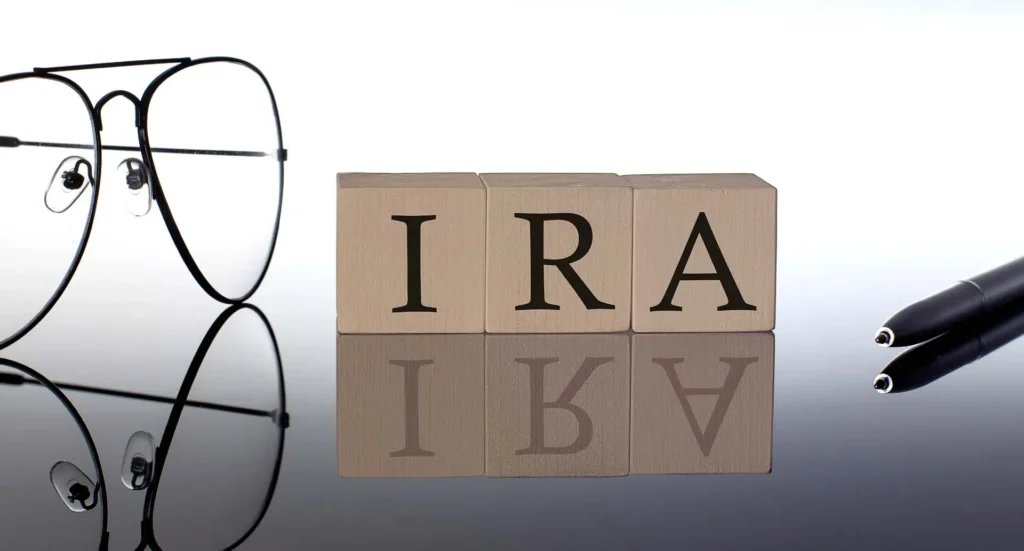Using an Individual Retirement Account (IRA) as collateral for a non-recourse loan to invest in real estate can be a complex and potentially rewarding strategy.
Your Individual Retirement Account (IRA) can serve as collateral to secure a loan for real estate investments without affecting your credit score. This type of loan, called a non-recourse loan, ensures that if the loan is not repaid, the lender can only seize the specific property used as collateral, and not pursue your other assets. This means you can leverage your retirement funds to invest in real estate without jeopardizing your personal credit.
Non-recourse loans offer an appealing option for IRA investors, enabling them to diversify their investment portfolios while keeping their personal credit untouched. This strategy can open up opportunities for growth, allowing you to expand your investment horizons.
However, it’s crucial to comprehend the risks and potential consequences associated with using your IRA as collateral. Non-recourse loans usually come with higher interest rates and more stringent terms compared to traditional loans. Moreover, any loss in property value could directly impact your IRA.
Here’s a more detailed breakdown of the process and considerations:
1. IRA Eligibility: Self-directed IRAs (SDIRAs) are the most suitable for this strategy, as they allow for alternative investments beyond stocks and bonds. Traditional and Roth IRAs can also be eligible, depending on the custodian and specific investment.
2. Non-Recourse Loan: A non-recourse loan is a type of loan where the borrower’s personal assets are not at risk if the loan is not repaid. The property used as collateral is the only asset that the lender can seize.
3. IRA Custodian: To facilitate the loan, you’ll need an IRA custodian that supports real estate investments and non-recourse loans. Some popular options include Equity Trust, Self-Directed IRA, and Strategic Benefits.
4. Loan Terms: The loan terms will depend on the lender, property value, and your creditworthiness. Interest rates are typically higher than traditional mortgages, and loan-to-value (LTV) ratios may be lower. Lenders may also require a significant down payment.
5. Investment Property: You’ll need to identify and acquire a suitable investment property that aligns with your risk tolerance, financial goals, and local market conditions.
6. Loan Repayment: You’ll need to make regular loan payments to repay the loan, which can include principal and interest. If you fail to make payments, the lender can seize the property used as collateral.
Advantages:
1. Leverage: Non-recourse loans allow you to leverage your IRA funds to invest in real estate, potentially increasing your investment potential.
2. Diversification: Real estate investments can provide a different asset class for your portfolio, potentially reducing overall risk and increasing diversification.
3. Tax Benefits: Depending on the type of IRA and investment, you may be able to defer or avoid taxes on capital gains and income generated by the property.
Disadvantages:
1. Risk: Real estate investments come with inherent risks, such as market fluctuations, property value depreciation, and tenant-related issues.
2. Higher Interest Rates: Non-recourse loans often come with higher interest rates than traditional mortgages, which can increase your costs.
3. Strict Terms: Non-recourse loans typically have more stringent terms and conditions, which may limit your flexibility.
4. IRA Impact: Any loss in property value could directly impact your IRA, potentially affecting your retirement savings.
Considerations:
1. Financial Expertise: You may need to hire professionals, such as real estate agents, property managers, or lawyers, to help with the investment and loan process.
2. IRA Custodian Restrictions: Some IRA custodians may have restrictions or additional fees for non-recourse loans or real estate investments, so it’s essential to understand their policies.
3. Loan-to-Value Ratio: The LTV ratio for non-recourse loans is generally lower than for traditional mortgages, which may require a larger down payment.
4. Insurance Requirements: You may need to purchase additional insurance, such as title insurance or hazard insurance, to cover the property and loan.
It’s essential to consult with a financial advisor or tax professional before proceeding. They can help you understand all the implications, benefits, and risks involved, ensuring you make an informed decision that aligns with your financial goals and retirement plans.










